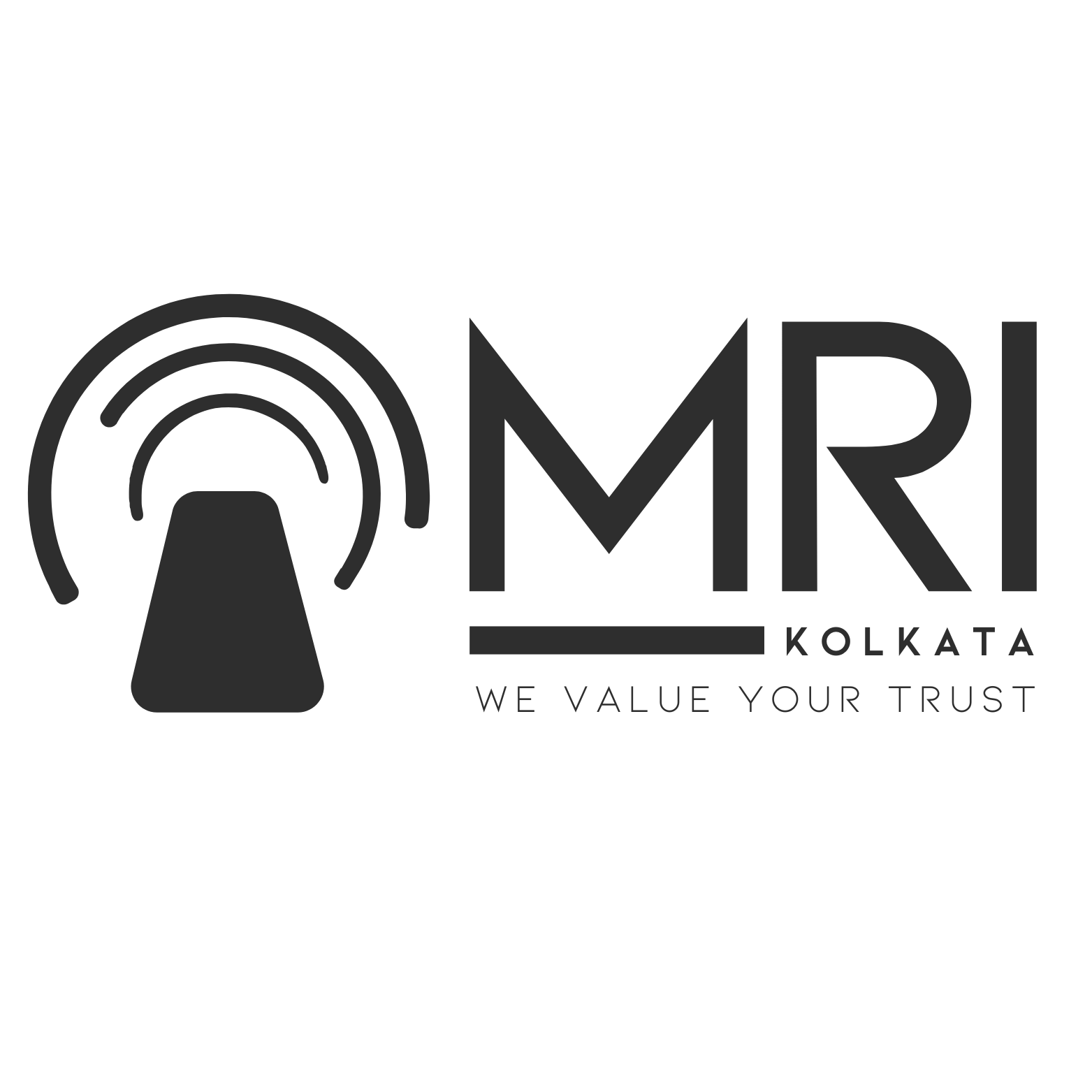Faqs
Get Answers
Have Any Questions? Feel Free To Ask.
We will give you a complete account of the system and expound is theen teachings of the great explorer of the truth the master builder of human happiness no because it is pleasure.
We will give you a complete account of the system and expound is theen teachings of the great explorer of the truth the master builder of human happiness no because it is pleasure.
We will give you a complete account of the system and expound is theen teachings of the great explorer of the truth the master builder of human happiness no because it is pleasure.
We will give you a complete account of the system and expound is theen teachings of the great explorer of the truth the master builder of human happiness no because it is pleasure.
25 Years Of Experience in Medical Services
Faqs
Get Answers
Most Answered Questions.
We will give you a complete account of the system and expound is theen teachings of the great explorer of the truth the master builder of human happiness no because it is pleasure.
We will give you a complete account of the system and expound is theen teachings of the great explorer of the truth the master builder of human happiness no because it is pleasure.
We will give you a complete account of the system and expound is theen teachings of the great explorer of the truth the master builder of human happiness no because it is pleasure.
We will give you a complete account of the system and expound is theen teachings of the great explorer of the truth the master builder of human happiness no because it is pleasure.
We will give you a complete account of the system and expound is theen teachings of the great explorer of the truth the master builder of human happiness no because it is pleasure.
We will give you a complete account of the system and expound is theen teachings of the great explorer of the truth the master builder of human happiness no because it is pleasure.
We will give you a complete account of the system and expound is theen teachings of the great explorer of the truth the master builder of human happiness no because it is pleasure.
We will give you a complete account of the system and expound is theen teachings of the great explorer of the truth the master builder of human happiness no because it is pleasure.
